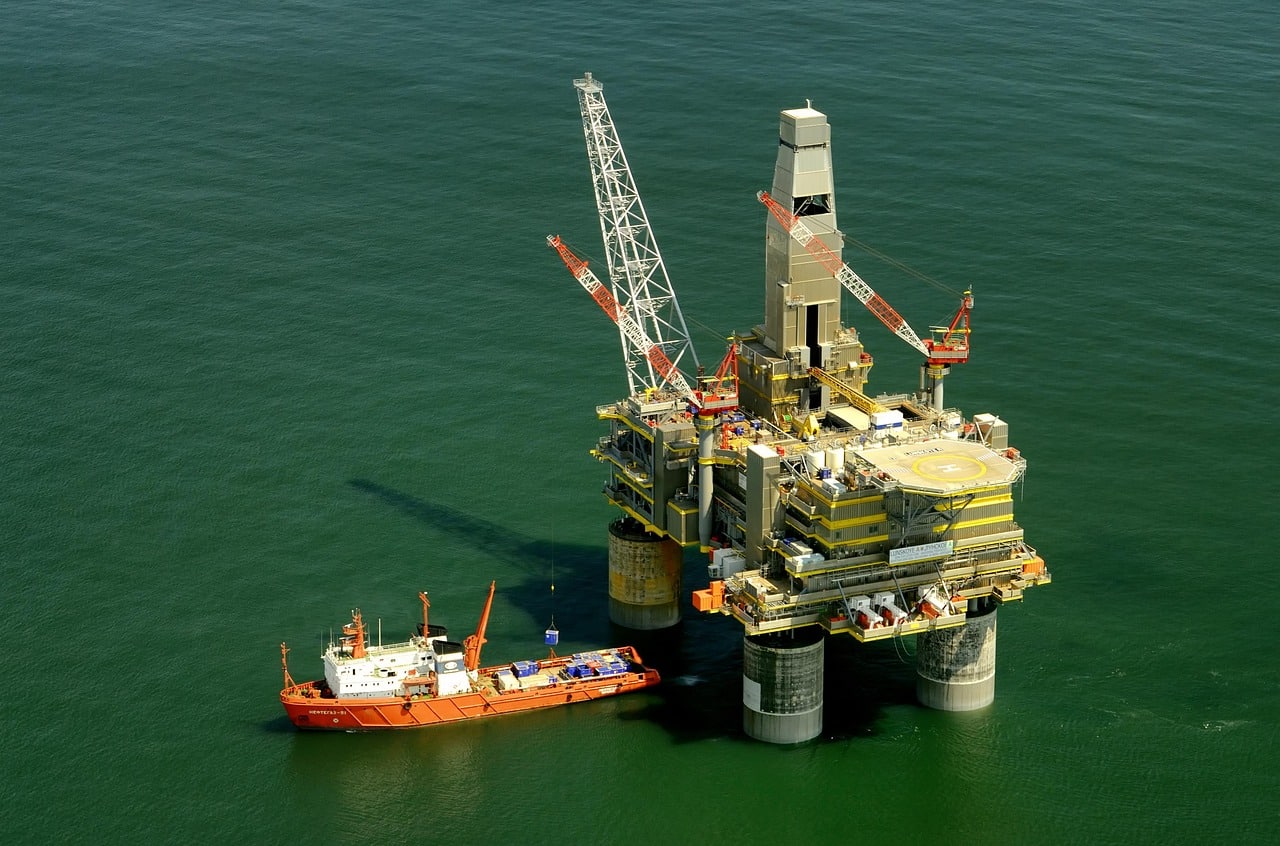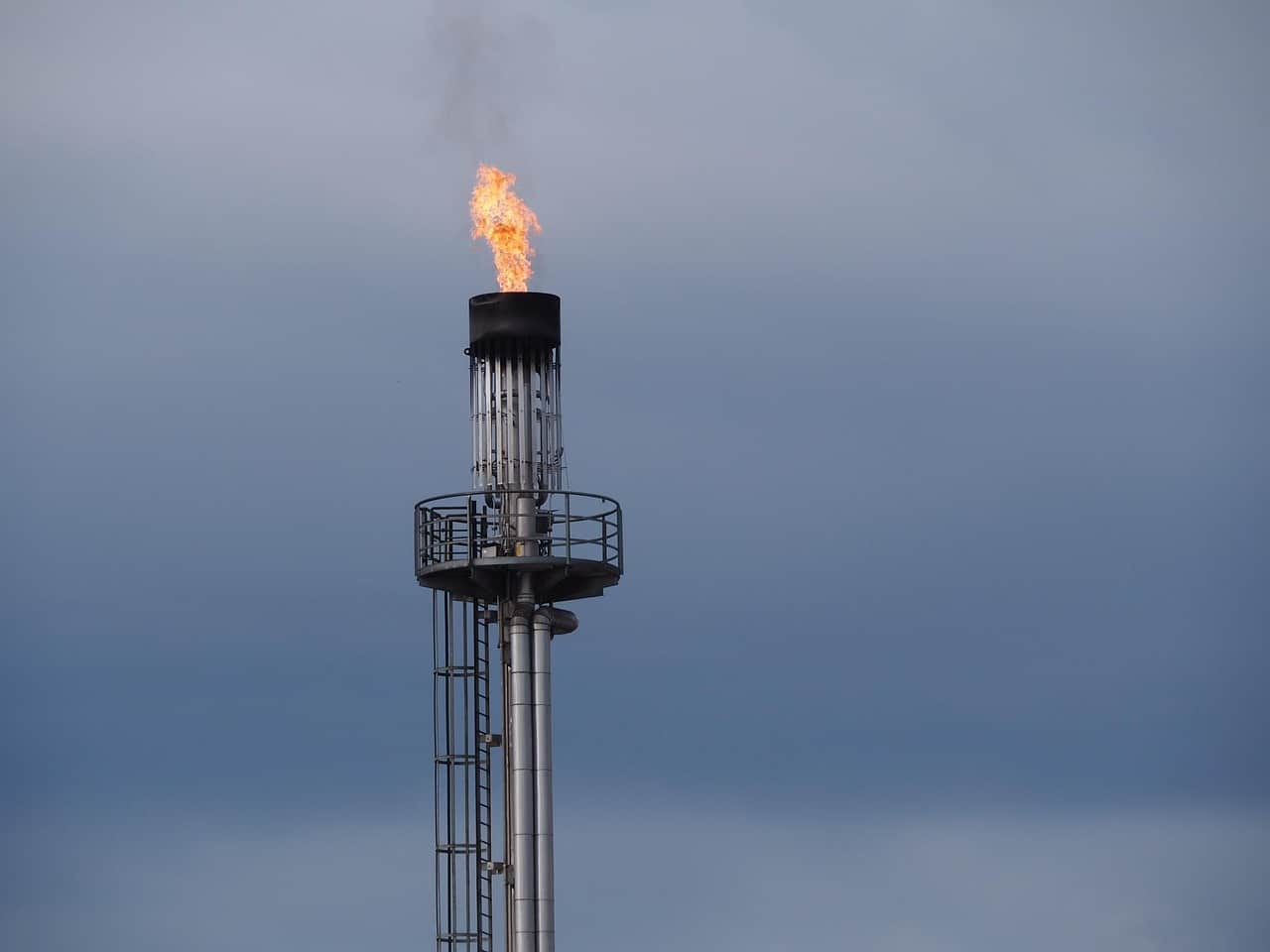The tariff war between China and the United States isn’t easing up anytime soon, with the latest twist being China’s move to halt the purchase of US liquefied natural gas (LNG).
The recent ‘ban’ on the product, as reported by the Financial Times on Friday, follows China’s imposition of a 49% tariff on US LNG in March, marking a fresh escalation in the ongoing trade tensions between both countries.
US President Donald Trump had earlier imposed a 145% tariff on all Chinese products after Chinese President Xi Jinping announced a 125% tariff on American goods.
Trump, however, later rolled back some of these tariffs, exempting certain goods including smartphones, chips, and other technological devices—a move some interpreted as the president stepping back from the trade conflict he had initially ignited.
Still, neither Trump nor China appears ready to compromise on tariff measures, with Beijing maintaining that Trump is the aggressor, manipulating the rules of global trade.
On the energy front, while the US sources most of its oil and gas from neighboring countries such as Canada and Mexico, it exports significant volumes to China and other global markets.
It is worth noting that the US is not only the largest importer of oil and gas globally but also one of the most aggressive exporters—making its market vulnerable to disruptions in international trade dynamics.
According to Financial Times, since a 69,000-tonne LNG tanker from Corpus Christi in Texas arrived in China’s Fujian province on February 6, there have been no further LNG shipments between the two nations.
The report also notes that Chinese energy firms have rerouted US-bound tankers to other destinations such as Bangladesh, seeking to sidestep the impact of tariffs imposed by Beijing on US gas.
This disruption in LNG trade signals a shift in global energy flows, as a substantial share of US LNG has historically been destined for China. With China turning away from the world’s top producer, new suppliers are now positioning themselves to fill the gap.
Other sellers to China
Before the US-China trade war reignited in early February, energy trade between both countries had experienced fluctuations over the years.
More recently, however, there had been relative stability in China’s LNG imports from the United States.
Shipments surged following the January 2020 signing of a trade agreement between Washington and Beijing, which included a Chinese commitment to increase purchases of American gas—though not necessarily for use within China.
US LNG exports to China jumped from 268,000 tons in 2019 to 9.3 million tons in 2021. But they sharply declined in 2022, as American gas was redirected to Europe, which sought alternatives after halting Russian imports.
Last year, only 6% China’s LNG came from the US, down from a high of 11 percent in 2021.
Meanwhile, Chinese firms such as PetroChina and Sinopec have inked 13 long-term contracts to import LNG from US terminals through 2049. But the future of these deals now appears uncertain amid the current standoff.
Other suppliers—particularly Russia—stand to benefit.
Russia has been expanding its presence in China’s LNG market and is now the country’s third-largest supplier.
Australia and Qatar remain China’s top two LNG providers, respectively.
Where Africa comes in
Africa has often been described as a continent rich in gas but relatively poor in crude oil, thanks to its significant natural gas reserves.
The continent’s top five gas producers—Angola, Libya, Nigeria, Egypt, and Algeria—collectively generate around 3 million metric tons of LNG monthly, with the bulk of it exported to Europe and the United States.
Nigeria, Africa’s largest gas producer, has recently renewed its energy ties with China.
President Bola Tinubu of Nigeria recently signed a $7.96 billion energy agreement with Beijing. The deal includes the development of an energy facility within Nigeria’s Oil and Gas Free Trade Zone.
According to the South China Morning Post (SCMP), China is also increasing LNG imports from African countries including Mozambique, Algeria, Ghana, and Egypt.
SCMP reports that China is further reducing its reliance on Australian LNG, as part of a broader strategy to diversify its energy sources.
While Australia remains China’s largest LNG supplier—accounting for roughly one-third of total imports—Beijing also sources LNG from Qatar, Russia, Malaysia, and the United States. Now, African countries like Nigeria, Mozambique, Algeria, and Egypt are rising in prominence as alternative suppliers.
It is also noteworthy that China holds a 20% stake in Mozambique’s ongoing $30 billion Rovuma LNG project, which aims to deliver 18 million tonnes per year through an offshore facility.
Chinese investment and corporate presence across Africa have also grown significantly in recent years, with companies expanding their footprint on the continent.
The challenge for Africa
Meanwhile, there is a challenge.
According to S&P Global, Africa’s LNG output has been declining.
In Nigeria, for instance, LNG exports dropped by 16% last year, with further output declines projected this year.
In March, Nigeria LNG Ltd. (NLNG) Managing Director Philip Mshelbila revealed that the country’s output had fallen by 80%, with only two out of six processing trains currently operational.
Mshelbila attributed the drop to persistent pipeline vandalism, which has disrupted gas supply to processing plants.
Other African nations face similar issues.
S&P Global reported that Egypt’s LNG exports fell sharply between 2022 and 2023, with a year-on-year decline of about 53%.
In April last year, Egypt halted LNG exports altogether due to a power supply crisis triggered by reduced production at its main gas field, Zohr.
Algeria stands as the lone exception. According to S&P Global, Algeria’s LNG exports increased by 28% between 2022 and 2023.
While China may be seeking alternative suppliers amid its trade dispute with the US, Africa finds itself at a crossroads.
This moment presents a critical opportunity—but one that must be backed by upstream investment, enhanced security, and better protection of vital oil and gas infrastructure.
The global gas market is shifting, and Africa is well-positioned to gain—or lose—depending on how swiftly and effectively it responds to the emerging dynamics.











